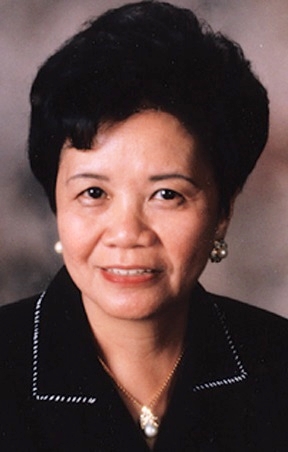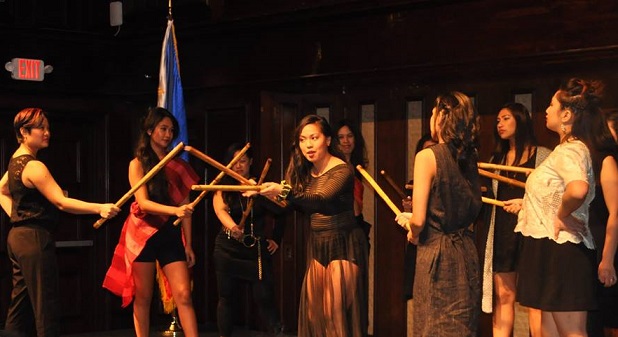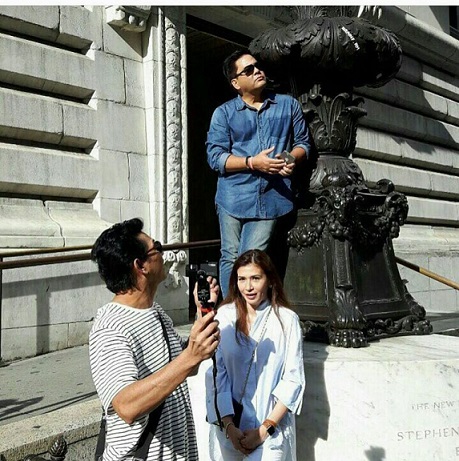Manoy takes his leave

By Joel David
The sudden end to the long and productive life of actor-director Eddie Garcia was unnecessarily tragic, with corporate negligence compounding the foolhardiness of an artist too game to retire at an age when most other people would have completed two or more entire careers. The evaluation of netizens is on the mark in this case: Garcia’s willingness to take risks, typical of his approach throughout an extended and colorful career, should have been tempered by the studio that had apparently bet on countering the most successful serial program of the moment by showcasing, among other novelties, the physical agility of the country’s oldest active action performer.
First appearing as a contract performer by the most star-obsessed among the 1950s First Golden Age studios, Garcia’s unconventional attractiveness positioned him a degree apart from full star stature: he could occasionally headline a project, but never the romantic leads that required the Euro-mestizo prettiness claimed by any number of now-forgotten actors. Having decided to make the most of a range of skills that allowed him to dabble in genres as disparate as horror, action, comedy, even soft-core melodrama, as leading man or villain, he settled on making himself indispensable as a competent ensemble performer who could draw on reserves of brilliance in case the role happened to demand it of him.
His filmography of over 650 film appearances (a possible local record) attests to the success of his strategy, but he had a higher purpose in mind: to be able to carve out a parallel career as film director. His choices were informed by the same principle of populist entertainment that he maintained for his acting career. One can see how his efforts could be occasionally penalized for being too mainstream, in a system that prized (then as now) “independent” efforts: when his best film, Saan Nagtatago ang Pag-ibig? (1987), came out, the Filipino critics’ group declared that no film during that year was worth considering for its annual prizes. Saan Nagtatago has since then been regarded as one of the high points in Pinoy melodrama.
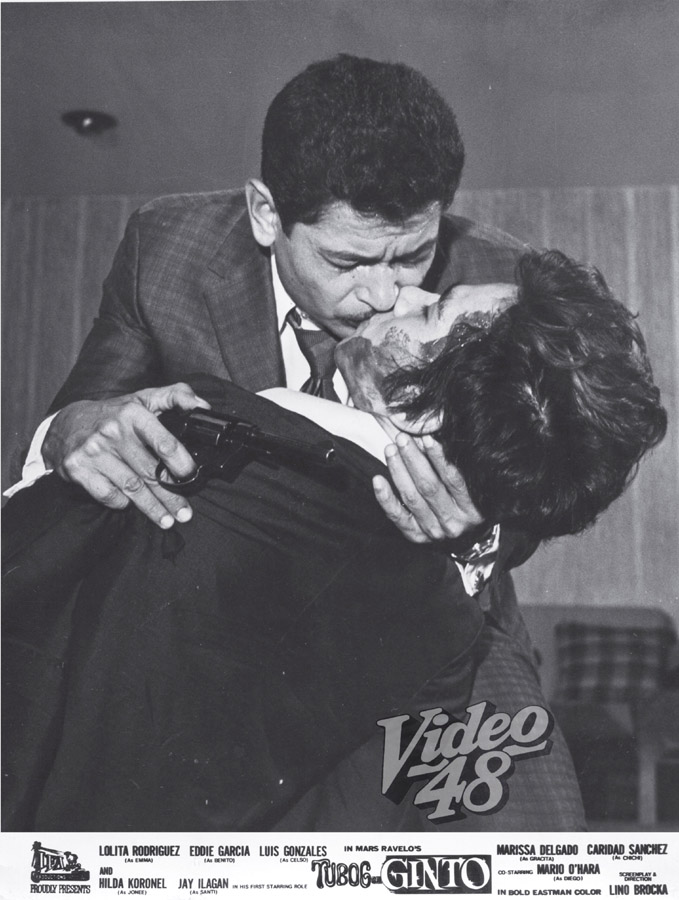
Observers were also prone to concluding that his expertise as director accounted for his actorly acumen. This may be safely accepted as conventional wisdom, in conjunction with his pronouncement that his original dream was to be a military official. His work ethic, arriving about an hour ahead of call time, lines committed to memory, was typical of performers of his generation, and those of theater-trained actors. Yet there were fault lines in this ultra-professional approach, and it occasionally showed up in his filmmaking record. He directed (and won his first directorial award for) the second biographical campaign movie of Ferdinand Marcos, Pinagbuklod ng Langit (1969). When the directors’ guild declared a boycott of the film projects of Gabby Concepcion, Garcia defied Lino Brocka by accepting a Concepcion assignment for Viva Films.
Ironically, Garcia’s acting projects with Brocka constituted his most rewarding body of work. He had memorable roles in the first few films of Ishmael Bernal, showed up in some of Eddie Romero’s more ambitious projects, and endeared himself to camp fans in the sex-comedies of Danny L. Zialcita. But as the most politically committed Filipino director, Brocka required an effective representation of political villainy, and no one delivered the goods as well as Garcia, in a series of acclaimed works: Tinimbang Ka Ngunit Kulang (1974), Miguelito: Batang Rebelde (1985), and Gumapang Ka sa Lusak (1990), among other works. Their collaboration was cemented early on, in Brocka’s second film assignment and first serious work, Tubog sa Ginto (1970), still arguably the highest peak in male Philippine film performance.
The mystery in Tubog lies in how Brocka managed to create his best queer film during the period when he still had to come around as an openly queer artist. His later “out” movies, notably Macho Dancer (1988), still pale in comparison to the early work. People tended to ascribe some credit to Garcia, to his admission that he conducted intensive research among colleagues in the industry, plus his earlier attempt in essaying a comic version of the closeted authority in Kaming mga Talyada (1962), affirmed by his subsequent willingness to tackle similar roles (comic and dramatic) even in his old age – even in his last film, Rainbow’s Sunset (2018). To be honest, the results were always mixed and not as definitive as Tubog itself; in a comic ensemble work, Mga Paru-parong Buking (1985), he was upstaged predictably by Bernardo Bernardo, and unexpectedly by George Estregan.
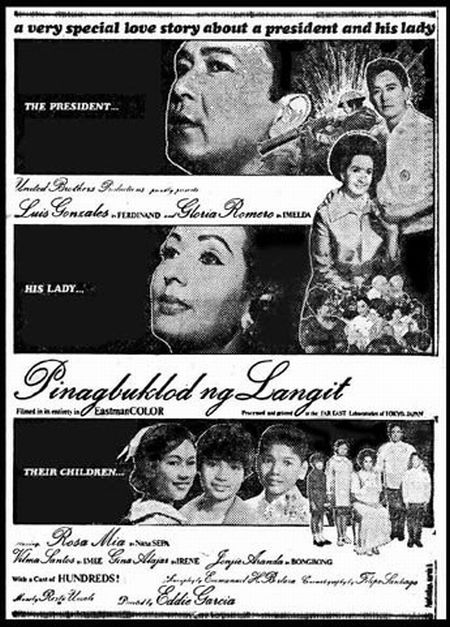
Eight years ago, in one of those confluences that make pop culture an endlessly fascinating phenomenon for its devotees, several identifiably masculine actors admitted to past same-sex experiences. One of them was Garcia, who said that his own episode occurred early, when he was 15, as part of a quest to determine his own preference. One could look at the group of confessors and note for the record that they were all extremely competent performers. Yet the measure of the audience’s distractability, as well as Garcia’s own volatility, is that most people remembered his queer performances, but not his own acknowledgment of the roots of his appreciation. An occasionally spotty record then, but strewn with gems worth treasuring: rarely have we been so lucky.
Joel David is Professor for Cultural Studies at Inha University in Korea and was the recipient of the 2016 Gawad Lingap Sining (Art Nurturer Prize) of the Filipino Arts & Cinema International Festival in San Francisco, Calif. He had formerly taught at the University of the Philippines Film Institute, where he was founding Director. He holds a Ph.D. in Cinema Studies at New York University and maintains an archival blog titled Ámauteurish! (at https://amauteurish.com), which contains all his out-of-print books and articles on Philippine cinema, media, and culture. His latest book is Manila by Night, part of the highly acclaimed Queer Film Classics series of Arsenal Press. d0 Medium





